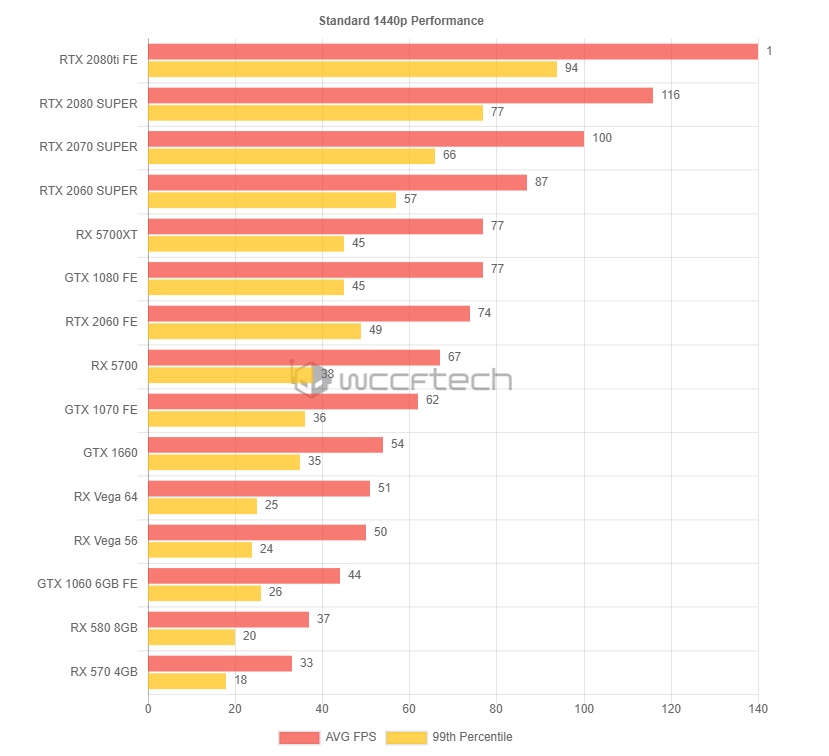I am not saying Chad is right or wrong. But I am saying the performance doesn't tell us if the cores are different or not. Nvidia themselves have said that the Tensor core are way better in Turing than Volta. Little changes in Architecture, the way the SM units are built and addressed would make a huge difference in performance depending on the workload and if the software was written to take advantage of said changes.
If you aren't saying that, then why waste time engaging in sophistry, defending any part, of his pet conspiracy theory.
![[H]ard|Forum](/styles/hardforum/xenforo/logo_dark.png)
